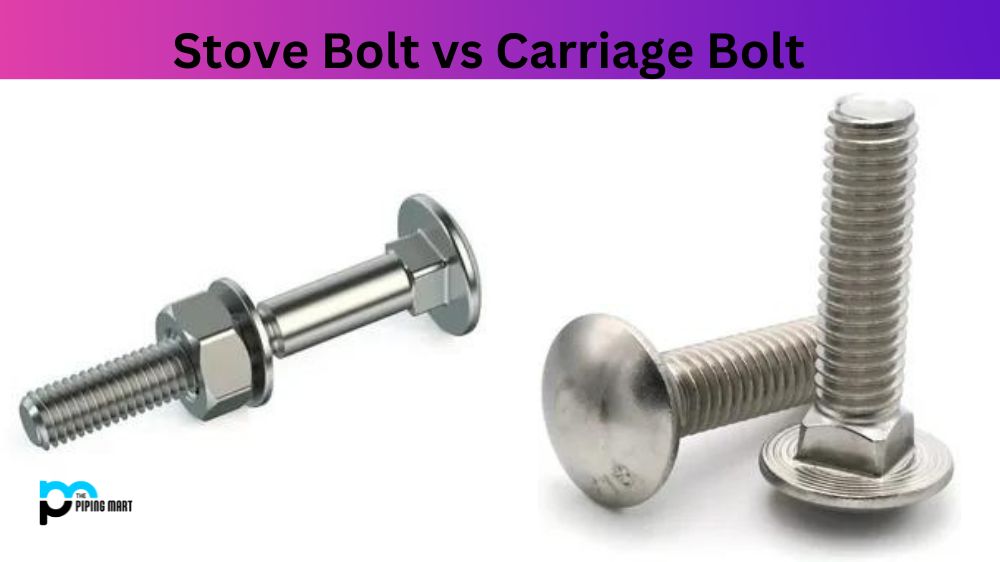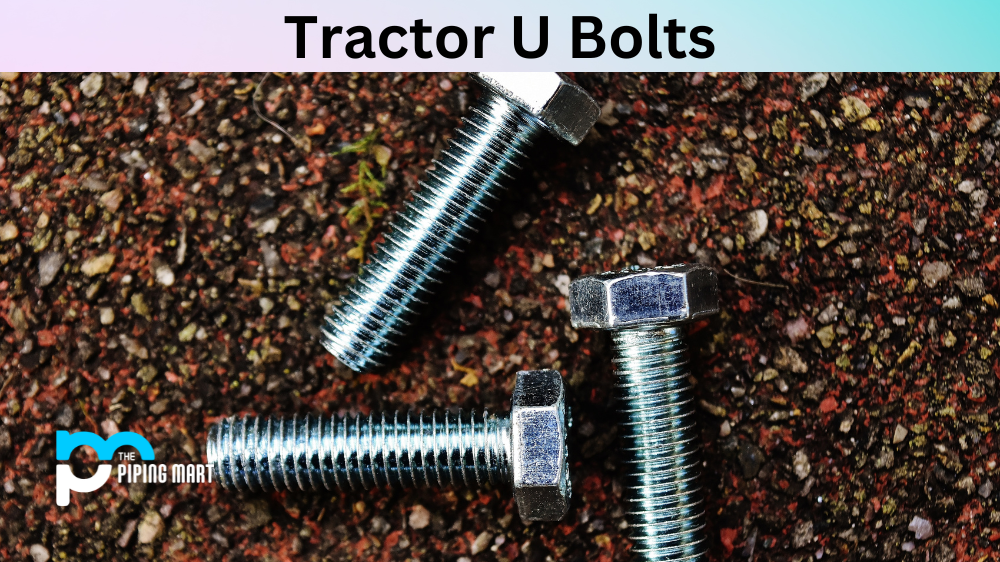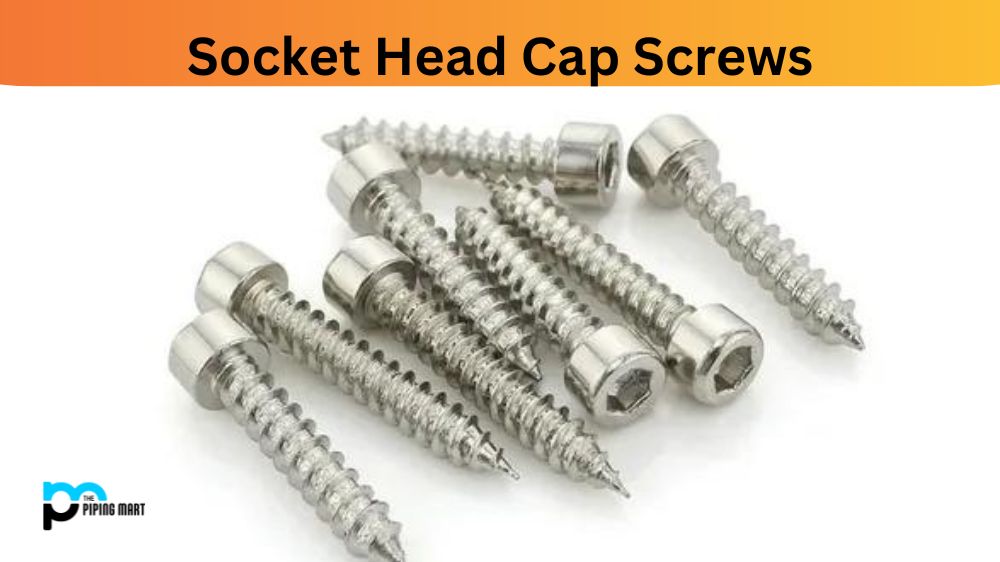If you’re a DIY enthusiast or a handyperson, chances are you’re familiar with the various bolts available in the market. Two of the most commonly used bolts are the stove and carriage bolts. They may look similar, but they are different in many ways. This blog post will discuss the main differences between stove and carriage bolts and when to use each type.
What is Stove Bolt?
A stove Bolt is a fastener consisting of a threaded bolt with an enlarged head designed to be inserted through pre-drilled holes in steel parts and secured with a nut. Generally, the head of stove bolt screws is countersunk flat on one side and hexagonally shaped on the other, so they can easily be driven with flathead or Phillips screwdrivers. Additionally, stove bolts are finished in black oxide for increased corrosion resistance.
What is Carriage Bolt?
A carriage bolt is a fastener with a round head and square neck used to secure metal components. It is made from either steel or stainless steel and can feature a zinc or black oxide finish for added protection against corrosion. The square under the head pulls into the material as it’s tightened, creating a strong connection and making it difficult to remove without first loosening the nut.
Difference Between Stove Bolt and Carriage Bolt
Head Shape:
One of the most noticeable differences between stove bolts and carriage bolts is the shape of their heads. Stove bolts have a slotted or Phillips head, while carriage bolts have a round head with a square neck. The round head of carriage bolts is designed to prevent the bolt from turning in the hole when tightening the nut.
Thread Type:
Another significant difference between stove bolts and carriage bolts is the type of threads they have. Stove bolts have a coarse thread, while carriage bolts have a smooth, round shaft with a thread only at the end. The smooth shaft of a carriage bolt makes it easier to pass through pre-drilled holes and wooden structures without damaging the material.
Length of Thread:
Stove bolts are commonly used to connect two metal surfaces or attach objects to a thin metal sheet. Stove bolts have a relatively shorter thread than the bolt’s shaft length. On the other hand, carriage bolts have a longer thread that runs along most of the bolt’s length, making them ideal for fastening wooden structures or boards.
Usage:
Stove bolts are commonly used for attaching metal objects to other metals by drilling a hole and placing the bolt through it. They are also used for attaching objects to thin-sheeted metals that require a flat head countersunk hole. On the other hand, carriage bolts are commonly used for connecting wooden objects, attaching metal structures to timber, and fastening wooden joints together.
Availability and Cost:
Stove bolts are less expensive and widely available. They come in various sizes and lengths, making them versatile for different applications. Carriage bolts are more expensive than stove bolts because of their unique design and less common usage. You may also need different nut types, washers and specific tools when working with carriage bolts.
Conclusion:
In summary, stove and carriage bolts may look similar, but they have significant differences in design, usage, and cost. Choosing the right bolt for your project is essential to ensure it is safe and secure. Hopefully, this blog post has helped you understand the differences between these bolts and when to use each one in your next project.

Pipingmart is B2B portal specializes in industrial, metal and piping products. Also, share latest information and news related to products, materials and different types grades to help business dealing in this industry.




